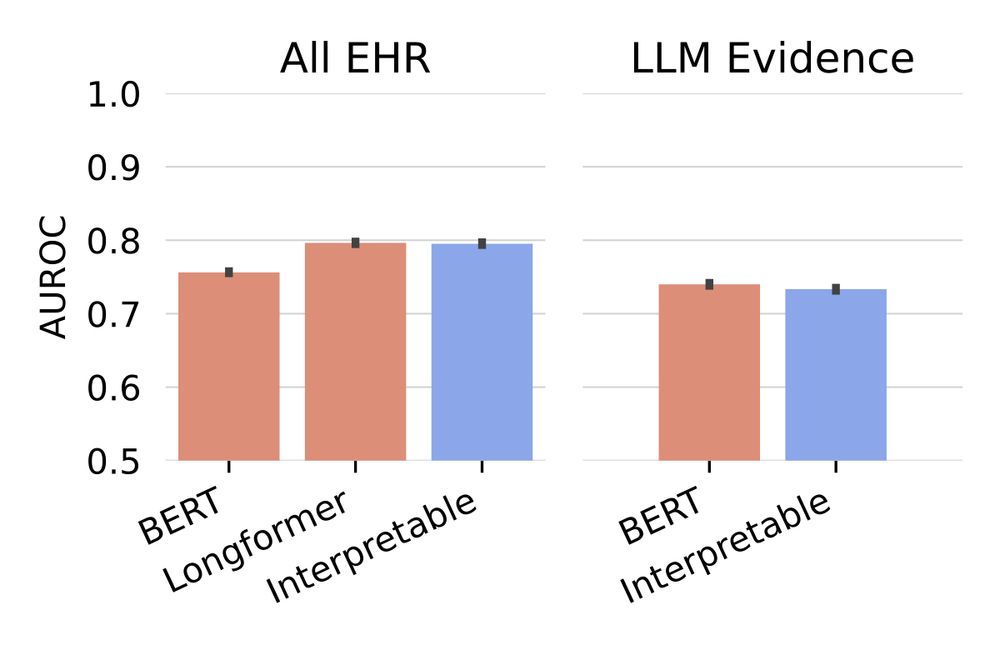Jered McInerney
@dmcinerney.bsky.social
23 followers
23 following
13 posts
PhD Candidate in ML/NLP at Northeastern University, currently working on interpretability in healthcare, broadly interested in distant supervision and bridging the gap between pretraining and applications
Posts
Media
Videos
Starter Packs












